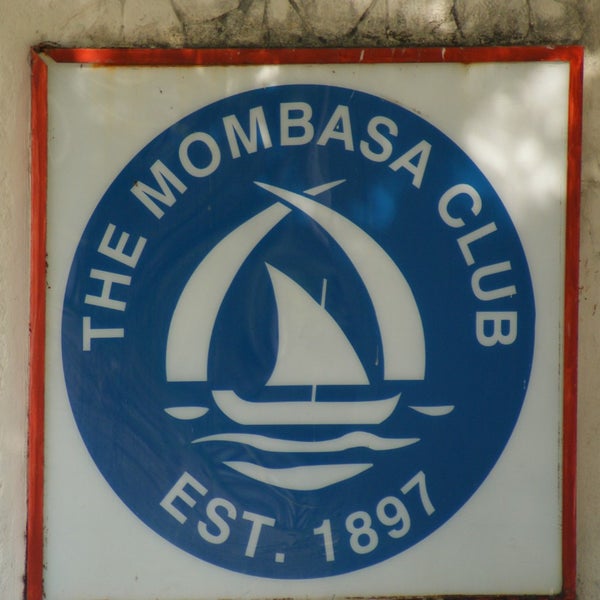Established in 1897, The Mombasa Club is situated in Old Town next to the ocean and near Fort Jesus. The Mombasa Club’s purpose of founding was social, like other English clubs abroad in the 19th Century, “To give members space for which natives were excluded”.

Unlike other exclusive clubs that didn’t allow female presence, it allowed women but they couldn’t vote on its affairs. “A special feature of The Mombasa Club is the fact that the ladies of the town participate most actively in the many pleasures of its existence”. Although, every 7 pm (except Thursday, guests/ladies’ night), a native servant went around ringing a bell for women to vacate the club. The club was managed by a 7-man committee. 3 of the 7 seats were always to have holders of the Senior Resident Civil Officer, Senior Resident Military Officer and Senior Resident Officer of the Uganda Railway posts. Clearly to raise the Club’s ‘status’ and ‘connection’ purposes.
The Mombasa Club took measures to protect its exclusivity and business. All members were tied down to supporting its proprietorship and while members were allowed to resign, they were not allowed to form another club in or near Mombasa. By all indications, this rule was adhered to. Membership was initially for those earning a yearly salary of at least 250 pounds. If you went broke, your days as a member were numbered. Members had 15 days to pay their bills after they were presented to them. Failure to which their names were displayed at the club. If 14 days after this they still hadn’t paid, their membership was automatically revoked.
Mombasa’s hallmark then was prohibition of wine and spirits in the area. Also, initially Muslims were not allowed into the Club. Making the Club a circle in a world of squares. Ironically, Aga Khan III and Sir Ali bin Salim were made honorary members. These days, membership to the Club is through nomination by a member with not less than 5 years as a member as a proposer and the nomination is supported by a second member.
The Mombasa Club is now under Asian management and open to Africans as well as Jews (it was not the case until the 1960s). Owing to its long history, The Mombasa Club is a government protected historical and cultural entity and the management is bound to do its best to preserve the iconic facility as dictated by the National Museums of Kenya.


